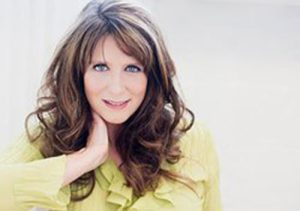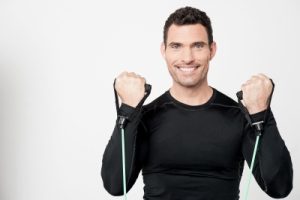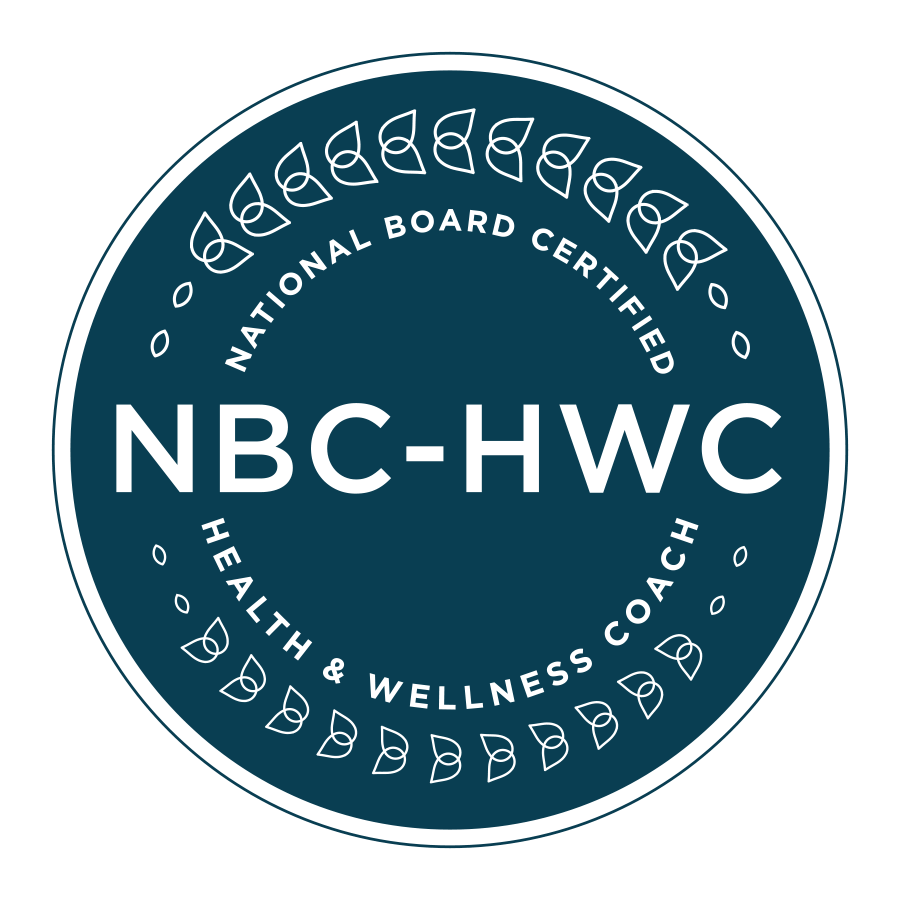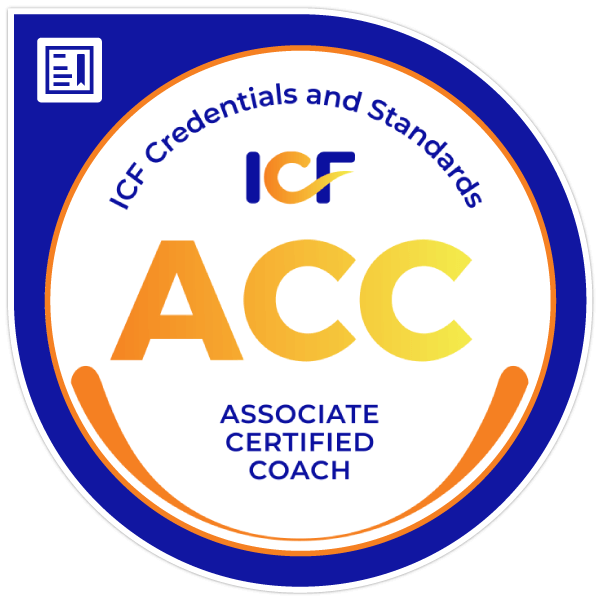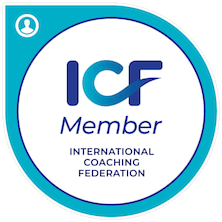This time my sister and I made the trip back home to The Bahamas without our husbands. My sister and her daughter arrived ahead of me. They would be the first to surprise my mother who was turning 83 the next day. We had left the busyness of our worlds to return to the origin and place of our birth to celebrate not only my mother’s birthday but a space and time that would be called bridging the generation.
Mummy, as we called her, had sung in church all her life, as a soloist and as a member of a group when gospel groups, like the Clara Ward Singers, were popular. Now, for the first time, she was going to do a live recording at her church. We were going to immortalize my mother’s voice. The moment felt somewhat surreal, as if my sisters and niece and I had been called to participate in a rite of passage we clearly did not fully understand. I kept thinking if this would be the last time I see my mother.
Preparing for the Ritual for Bridging the Generation
My mother was ecstatic to see us. She sat speechless, in disbelief that we had come. My mother looked the same since I had seen her just a year ago. The grey hair blended in with the dusty black. No new facial wrinkles had set in. Lancôme and Clarins had been good to her, but the puffs around her eyes remained like half-moon cakes. Over the years, she had shrunk; she seemed shorter. Her shoulders and back curved forward like the burden of Sisyphus upon her. But, amazingly, her legs looked like they belonged to a 20-year-old woman—they were smooth and spotless. Her skin ritual, which was a generous daily application of coconut oil, preserved an exterior that began to be noticed as an exception for her age. My mother was proud of what her beauty ritual had yielded—she indeed was aging gracefully.
But I could tell she was dubious about her voice. It felt like a walk down memory lane as we gathered around her in her bedroom as she practiced. We had arranged that her 16-year-old granddaughter would sing a song with her. For one and a half hours, my niece and mother honed their skills as if preparing for a ritual that would bring these two generations together. This was a defining moment for my niece. She loved every moment of it because she loves singing as much as my mother does. All of us women—my two sisters and a friend of the family—listened as the voices of the past and future met most fittingly and timely in Andrae Crouch’s anthem, My Tribute: “How can I say thanks for things you have done for me/ Things so undeserved, yet you gave to prove your love for me/ The voices of a million angels could not express my gratitude/ All that I am and ever hope to be/ I owe it all to Thee”. The boundaries between these two worlds melted as the two voices united.
The Need for Those Who Are Ahead to Aid the Young
Younger women need older women to help them navigate through the challenges of life and become whole women. Pamela Havey Lau author of A Friend in Me: How to Be a Safe Haven for Other Women said that she has “come to believe that we have a problem, a crisis really: more and more women are feeling isolated from other women, especially between the generations.” Lau is right.
After the recording at church, my niece glowed with delight. “I needed this,” she said.
She was unable to define what “this” was but she knew something had shifted; something had changed; she had received something. That something was the legacy that her grandmother had passed on to her: the affirmation that she too had the gift of voice and the talent to sing and the family now recognized her as its songstress. The church community stood as witness as her and my mother’s voice became one on that day of the recording.
A strange thing also occurred on that day after my mother had sung her first song. The people in this small church began to come forward, one by one, and showered her with love through their monetary gifts. If my niece glowed with delight at singing, my mother beamed with joy and gladness at the gifts.
“I felt so loved,” my mother said later. “I realize that growing old is not an invalid stage but a love stage.”
“What do you mean?” I asked.
“You have to learn to let go in order for people to do for you.”
Aging is a part of life not the end of life. Understanding this process can help to remove the fear and anxiety that sometimes characterize this period. Life is a journey. As long as life continues, there is space and need for those who are ahead to create a positive impact by depositing their knowledge and wisdom into the generations that are behind them.
That day we immortalized my mother’s voice. And that day we women facilitated a process that bridged three generations. And that day the small church community bore witness as my mother embraced her love stage.



